A catalytic balancing act
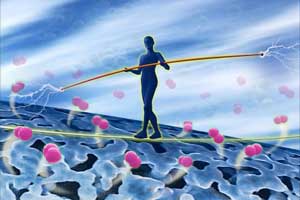 In a new study, researchers used a new and counterintuitive approach to create a better catalyst that supports one of the reactions involved in splitting water into hydrogen and oxygen.
In a new study, researchers used a new and counterintuitive approach to create a better catalyst that supports one of the reactions involved in splitting water into hydrogen and oxygen.
Dec 22nd, 2017
Read more
 In a new study, researchers used a new and counterintuitive approach to create a better catalyst that supports one of the reactions involved in splitting water into hydrogen and oxygen.
In a new study, researchers used a new and counterintuitive approach to create a better catalyst that supports one of the reactions involved in splitting water into hydrogen and oxygen.
Dec 22nd, 2017
Read more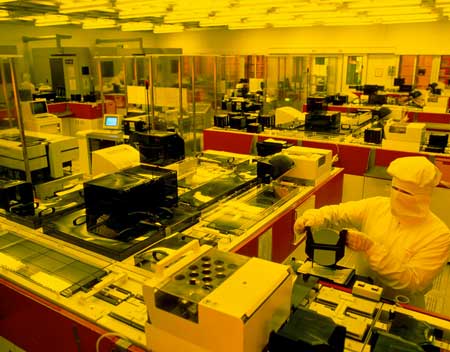 By exploiting imperfections in electronic devices, scientists are using existing manufacturing techniques to make the building blocks of quantum computers.
By exploiting imperfections in electronic devices, scientists are using existing manufacturing techniques to make the building blocks of quantum computers.
Dec 22nd, 2017
Read more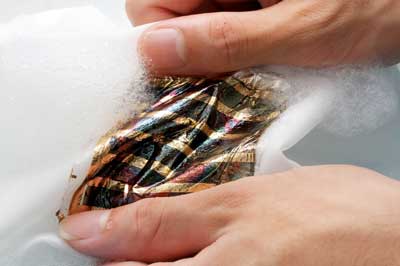 A new stretchy and washable organic solar cell has opened up the possibility of textile-integrated solar power.
A new stretchy and washable organic solar cell has opened up the possibility of textile-integrated solar power.
Dec 22nd, 2017
Read more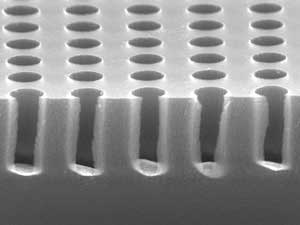 A simple, versatile and low-cost technique for etching nanoholes in silicon could underpin new filtration and nanophotonic devices.
A simple, versatile and low-cost technique for etching nanoholes in silicon could underpin new filtration and nanophotonic devices.
Dec 22nd, 2017
Read more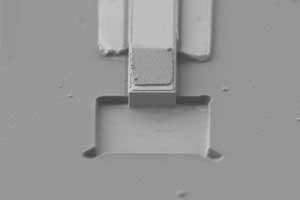 An alternative fabrication scheme for microscale semiconductor lasers could expand the applications of on-chip lasers beyond conventional silicon.
An alternative fabrication scheme for microscale semiconductor lasers could expand the applications of on-chip lasers beyond conventional silicon.
Dec 22nd, 2017
Read more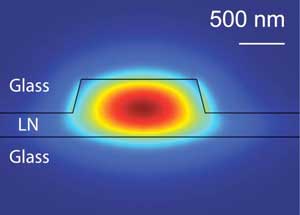 Researchers have developed a technique to fabricate high-performance optical microstructures using lithium niobate, opening the door to ultra-efficient integrated photonic circuits, quantum photonics, microwave-to-optical conversion and more.
Researchers have developed a technique to fabricate high-performance optical microstructures using lithium niobate, opening the door to ultra-efficient integrated photonic circuits, quantum photonics, microwave-to-optical conversion and more.
Dec 21st, 2017
Read more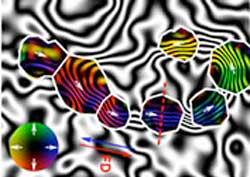 Researchers have demonstrated for the first time that the magnetic fields of bacterial cells and magnetic nano-objects in liquid can be studied at high resolution using electron microscopy.
Researchers have demonstrated for the first time that the magnetic fields of bacterial cells and magnetic nano-objects in liquid can be studied at high resolution using electron microscopy.
Dec 21st, 2017
Read more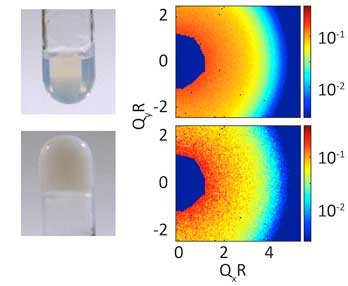 Studies by a research team utilizing high-brightness x-rays provide important insight into a key question that has long puzzled scientists, namely, why do nanoparticle gels take so long to form after a quench even though the constituent nanoparticles are rapidly diffusing through the suspension?
Studies by a research team utilizing high-brightness x-rays provide important insight into a key question that has long puzzled scientists, namely, why do nanoparticle gels take so long to form after a quench even though the constituent nanoparticles are rapidly diffusing through the suspension?
Dec 21st, 2017
Read more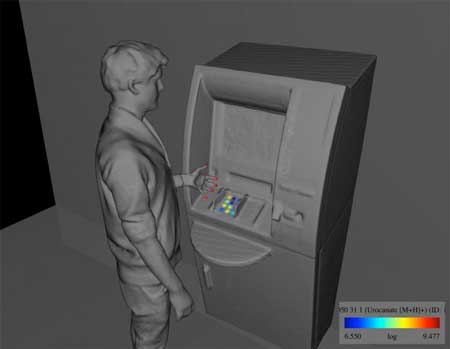 Standardized, freely available method raising interest in forensics, agriculture and microbiome studies.
Standardized, freely available method raising interest in forensics, agriculture and microbiome studies.
Dec 21st, 2017
Read more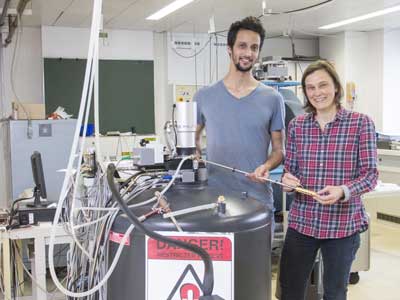 Scientists made a remarkable discovery: Particles known as 'Weyl fermions' were discovered in materials with strong interaction between electrons. Just like light particles, they have no mass but nonetheless they move extremely slowly.
Scientists made a remarkable discovery: Particles known as 'Weyl fermions' were discovered in materials with strong interaction between electrons. Just like light particles, they have no mass but nonetheless they move extremely slowly.
Dec 21st, 2017
Read more By harnessing the unusual electrical properties of 2D materials such as few-layer black phosphorus and topological Weyl/Dirac semimetal thin films, researchers designed a versatile all-electric-controlled valley filter and demonstrated, for the first time, a concrete working design of valleytronic logic gate capable of performing the full set of two-input Boolean logics.
By harnessing the unusual electrical properties of 2D materials such as few-layer black phosphorus and topological Weyl/Dirac semimetal thin films, researchers designed a versatile all-electric-controlled valley filter and demonstrated, for the first time, a concrete working design of valleytronic logic gate capable of performing the full set of two-input Boolean logics.
Dec 21st, 2017
Read more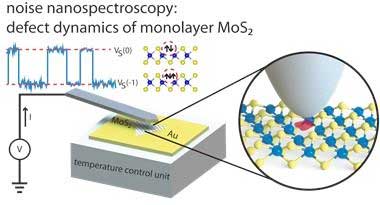 Researchers have shown that defects in monolayer molybdenum disulfide (MoS2) exhibit electrical switching, providing new insights into the electrical properties of this material.
Researchers have shown that defects in monolayer molybdenum disulfide (MoS2) exhibit electrical switching, providing new insights into the electrical properties of this material.
Dec 21st, 2017
Read more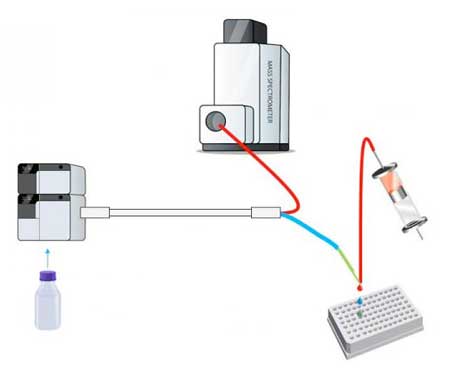 New research presents a fast, robust and accurate methodology for correlating compound identity to CYP1A2 potency of inhibitors in metabolic mixtures.
New research presents a fast, robust and accurate methodology for correlating compound identity to CYP1A2 potency of inhibitors in metabolic mixtures.
Dec 21st, 2017
Read more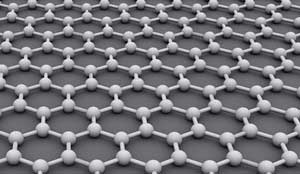 Researchers have demonstrated that graphene floating on water does not repel water, as many researchers believe, but rather attracts it.
Researchers have demonstrated that graphene floating on water does not repel water, as many researchers believe, but rather attracts it.
Dec 21st, 2017
Read more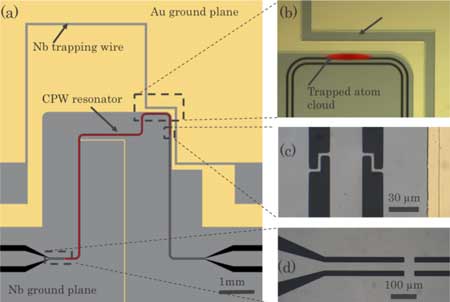 Physicists link atoms and superconductors in key step towards new hardware for quantum computers and networks.
Physicists link atoms and superconductors in key step towards new hardware for quantum computers and networks.
Dec 21st, 2017
Read more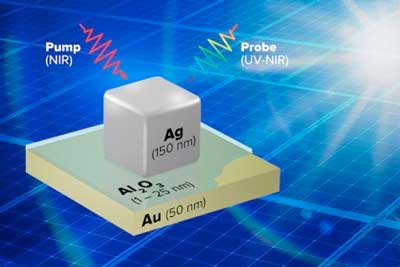 Nanoscientists have discovered new, better and faster ways to convert energy from light into energetic electrons.
Nanoscientists have discovered new, better and faster ways to convert energy from light into energetic electrons.
Dec 21st, 2017
Read more